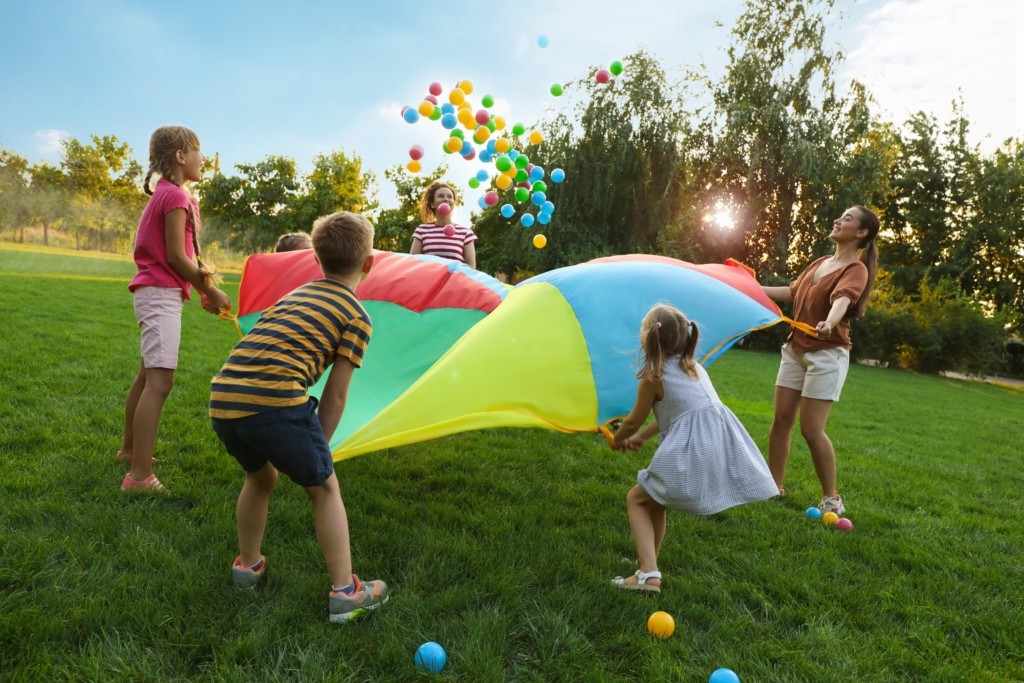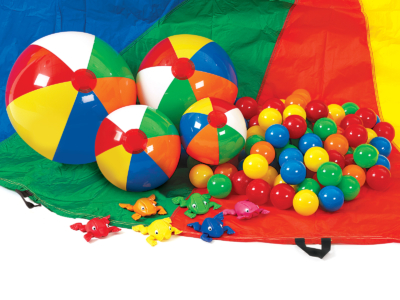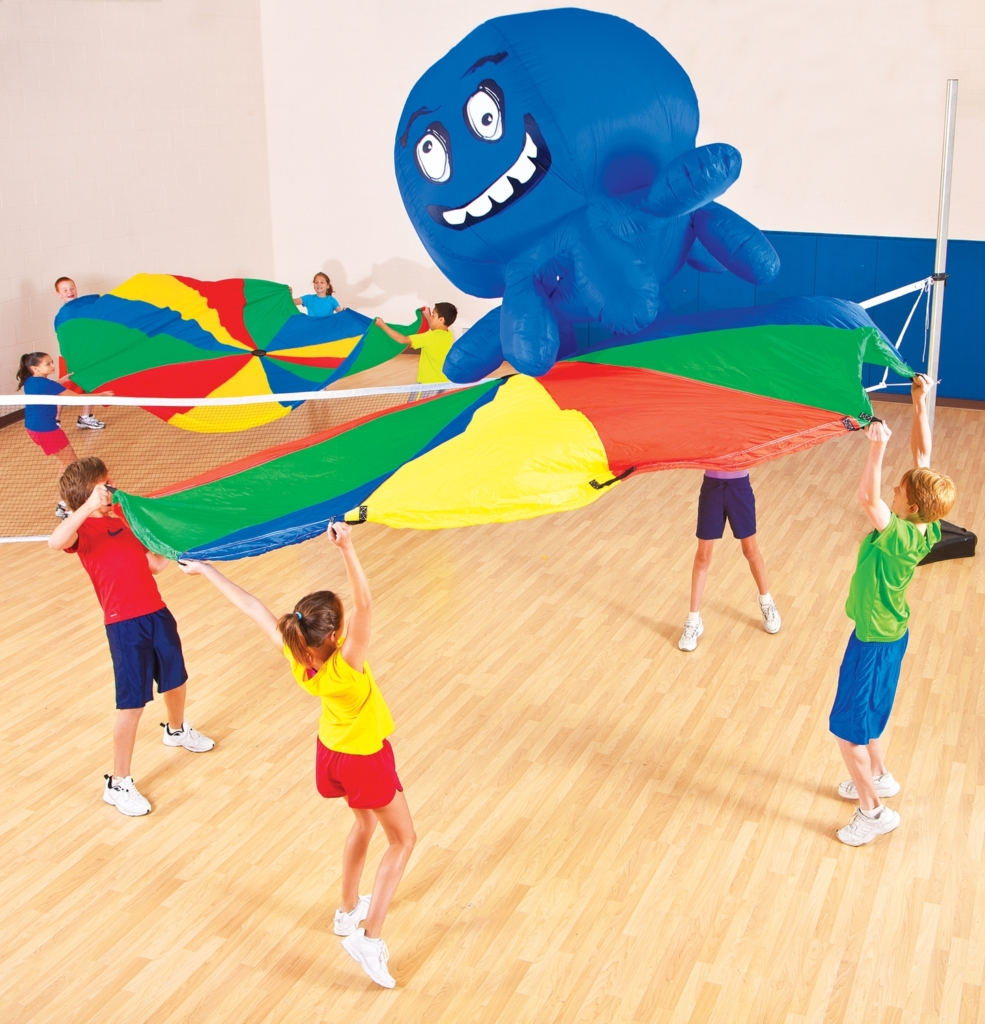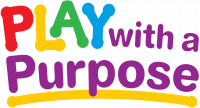Few classroom tools spark as much excitement as a parachute. With its bright colors, ripple effect, and endless possibilities for group fun, a parachute quickly becomes a favorite in any early education setting. But parachute play is more than just fun—it helps young children build essential developmental skills while working cooperatively with others.
Whether you’re planning a movement break, a gross motor lesson, or just looking for a way to get the wiggles out, here are some engaging parachute activities to try—plus fun add-ons like Ollie the Octopus and Parachute Play Packs that take your play to the next level.
Why Parachute Play Matters
Parachute activities are fantastic for developing:
Gross motor skills: Lifting, shaking, and moving the parachute helps build strength and coordination in the arms, shoulders, and core.
Cooperation and teamwork: Children must work together to make the parachute move in unison, encouraging turn-taking and communication.
Listening skills: Following simple instructions during a group game supports attention and language development.
Social-emotional learning: Shared laughter and success during games builds a sense of community and confidence.
Favorite Parachute Activities to Try
1. Ollie the Octopus Adventures
Inflate Ollie the Octopus and place him in the center of the parachute. Together, the group must work to bounce Ollie up and down—or keep him “swimming” while singing a sea-themed song. This adds an imaginative element to your lesson and encourages group coordination as children work together to move Ollie in different directions.
2. Popcorn Bounce
Place small balls in the center of the parachute and shake it to make the balls “pop.” This is a high-energy favorite that builds upper-body strength and control. Challenge your group to work together to keep the balls from flying off—or to get them all off as fast as possible!
3. Leapfrog Landing Pad
Toss beanbag frogs onto the parachute and sing a counting song as the frogs jump and bounce. Ask children to call out numbers or colors as frogs land. This adds a math and language component to gross motor play and is great for working on number recognition and turn-taking.
4. Beach Ball Waves
Add one or two beach balls and challenge children to keep them rolling around the edge without falling off. You can also use the beach balls to prompt directional play—“roll the ball left!”—or turn it into a follow-the-leader game by calling out movement cues.
5. Color Call-Outs
Hold the parachute low and call out a color. Children standing by that color must run underneath and switch places before the parachute drops again. This game is great for practicing color recognition, direction-following, and safe movement.
Parachute Play Tips
Always create clear safety rules: hold on with two hands, wait for instructions, and never go under the parachute unless asked.
For younger children or smaller groups, use a smaller parachute to keep play manageable.
Transition between high-energy and calm activities to help regulate energy levels and support classroom routines.
Extend the Learning
Pair your parachute games with related stories, songs, or classroom themes. Exploring the ocean? Bring in Ollie the Octopus and read an ocean-themed book before playing. Learning about frogs or insects? Use your beanbag frogs for a counting game and sing “Five Green and Speckled Frogs” together. Integrating movement with curriculum content makes learning memorable and fun.
A Classroom Favorite, Reimagined
Parachute play offers endless opportunities to support early learners through movement, music, and teamwork. By adding engaging props like beach balls or themed inflatables, you open the door to imaginative play that supports whole-child development. So grab your parachute, gather your group, and get ready to shake, bounce, and laugh your way through active learning!









Leave A Comment